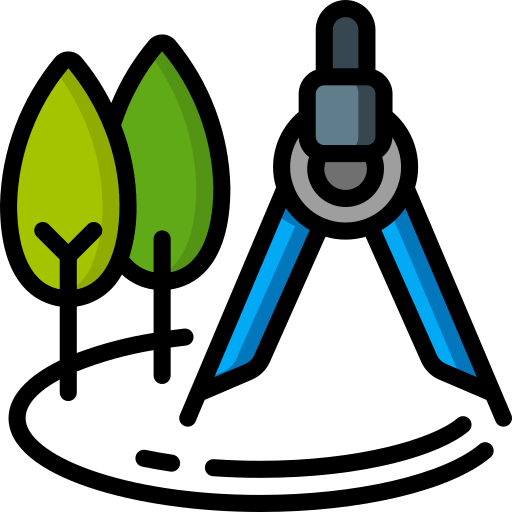Part of our service at Otinga is offering businesses ways to promote their products traditional via event marketing, experiential marketing, promotions, sampling, expos and more as well as the digital services like email marketing, Paid social, PPC and more.
Today, we are answering a reader’s question from our last blog:
“Businesses should consider their team’s expertise and audience preferences to create a balanced, integrated marketing plan. How can businesses ensure they are effectively measuring the success of their combined marketing strategies?”
Based on our experience, research, and real-world campaigns, here’s our answer. But first, let’s look at 5 reasons why traditional marketing still matters — and why we continue to use it:
1. Meet Customers Face-to-Face
Traditional marketing remains a powerful way to meet potential customers in person. Even though many businesses and customers prefer online interactions, traditional methods offer something digital can’t: physical presence.
Humans have a psychological need for touch, sensory experiences, and face-to-face communication to build trust. Through activities like promo events or expos, customers can:
-
- Try and taste the product.
-
- Interact directly with the brand.
-
- Build genuine connections that foster trust.
2. Gather Live Feedback on the Spot
Traditional marketing enables brands to gain immediate insights from potential customers. For example, you can run a quick survey at your booth and measure exactly how many people liked your new flavour of crisps. This feedback loop is far faster than waiting for digital analytics to accumulate.
3. Build Immediate Trust
For example, in our campaign with Handshake, we targeted students in 10 major UK cities. The result? Around 300 downloads per day in each city. This level of adoption would have been unlikely with digital ads alone. In-person conversations built credibility first, which digital marketing then amplified. That number wouldn’t have been possible through digital ads alone. The in-person conversations-built credibility first, which digital marketing later reinforced.
4. Let People Touch, Taste, or Try Your Product
Think about it: No Instagram ad can replace the experience of tasting a new McVitie’s flavour at a street sampling or trying moonshine alcohol in person. Many people buy simply because they’ve tasted it first-hand. (Read our Moonshine case study here.)
5. Integrate Marketing Efforts
This is where the real power is, by combining traditional and digital for maximum impact.
Example 1: Handshake + Roomeone of the campaigns we did for our client is by to achieve the target of getting thousands of the app download. So We help our client to achieve the aim by visiting their potential audience. The good place to find is obviously the universities, visited universities, met students, answered questions, and helped them download the app on the spot. Could we have reached 300 daily downloads with ads alone? Maybe not. The physical presence created urgency and trust, and the digital follow-up kept them engaged. Read more here.
Example 2: Newcastle Burger RestaurantWe encouraged passers-by, students, and workers to follow the restaurant’s Instagram to redeem a free burger coupon worth £9.99. The result?
-
- Thousands of new followers gained.
-
- Hundreds of coupons redeemed.
-
- Increased awareness of the restaurant’s location.
-
- Many customers returned naturally because they’d tried and loved the burger.
Example 3: Pepsi Max Taste Challenge 2023 RoadshowThe experiential marketing involved blind taste tests, while digital ads encouraged more people to attend. The results were then announced on TV, supported by outdoor activations to create buzz and prove Pepsi Max’s superior taste.
So now we are answering the reader question: How to Measure Integrated Marketing Efforts
From our experience, measuring integrated campaigns means tracking both online and offline results and connecting them wherever possible.
Here’s how we break it down:
Before the Campaign:
-
- Set a clear, measurable goal (e.g. 300 downloads, 1,000 Instagram followers, 500 email sign-ups).
-
- Decide which results will be measured offline and which online.
During the Campaign:
-
- Track offline engagement: attendance, samples given, physical sign-ups.
-
- Track online engagement: QR code scans, app downloads, new followers.
-
- Use unique codes or links to connect offline actions to digital responses.
After the Campaign:
-
- Compare results to your goals.
-
- Analyse crossover—how many offline contacts also engaged online.
-
- Calculate ROI: Cost per lead, cost per acquisition.
-
- Document lessons learned for future campaigns.
We’ve created the OTINGA Integrated Marketing Measurement Template, a template that helps you track offline and online campaign results together.
Subscribe and we’ll send it directly to your email.



